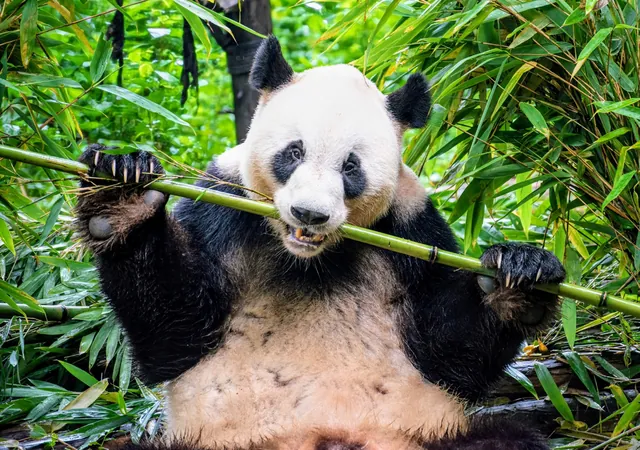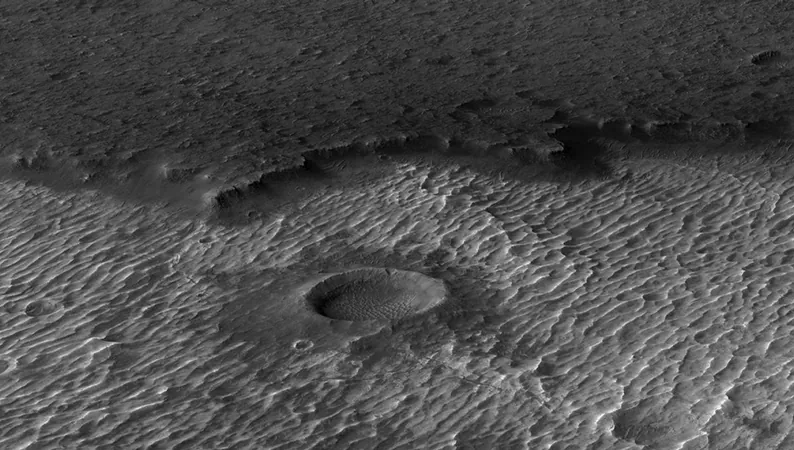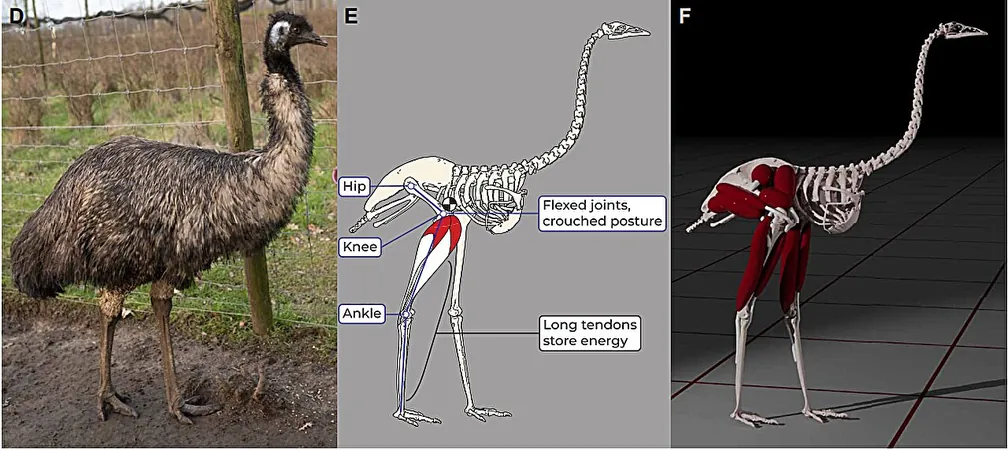
Surprising Revelations: Giant Pandas’ Ancestors Feasted on a Wild Diet!
2024-09-22
An astonishing new discovery at the Hammerschmiede fossil site in Germany has rewritten part of the evolutionary narrative regarding the diet of pandas around 11.5 million years ago. Researchers have unveiled that the only bear species excavated at this site, closely related to our much-loved giant panda, had a diet that was anything but bamboo-centric!
Unlocking Ancient Predator Secrets
Led by Professor Madelaine Böhme from the Senckenberg Center for Human Evolution and Palaeoenvironment at the University of Tübingen, an international team of experts studied 28 long-extinct predator species found at Hammerschmiede. Their meticulous analysis has led to revelations published in Papers in Palaeontology and Geobios, offering fresh insights into the dietary diversifications of these ancient creatures.
The Hammerschmiede site is notorious for previous groundbreaking discoveries, including the unveiling of Danuvius guggenmosi, believed to be the earliest great ape. Recent digs have revealed an astounding array of 166 fossilized species, suggesting a remarkably diverse ecosystem.
A Diet Distant from Bamboo
The bear species identified at Hammerschmiede, known as Kretzoiarctos beatrix, shares a common ancestor with today’s pandas. However, unlike their modern relatives—which exclusively consume bamboo—Kretzoiarctos beatrix had a diverse diet more akin to today’s brown bears.
Dr. Nikolaos Kargopoulos, the lead author of the studies, emphasized the striking divergence in dietary habits: “Today’s giant pandas classify as carnivores but have adapted entirely to a plant-based diet, specializing in bamboo.” This transformation from their carnivorous ancestors to modern herbivores remains a captivating subject for scientists.
Decoding Dietary Habits Through Dental Morphology
The research team has utilized advanced techniques to analyze the fossilized remains, focusing specifically on the teeth of Kretzoiarctos beatrix. By examining the macro- and micromorphology of these dental structures, scientists have successfully reconstructed the dietary habits of this ancient bear just prior to its extinction.
What was uncovered is quite remarkable: the research indicates that Kretzoiarctos beatrix consumed a mixed diet, oscillating between meat and plants, mirroring the dietary patterns of modern brown bears. Professor Böhme highlighted that this generalist behavior “shows that dietary specialization in pandas occurred later in their evolutionary journey.”
A Bustling Predator Community
The site isn't only significant for panda studies; it has revealed a stunning variety of 27 distinct predator species—ranging from diminutive weasel-like creatures to formidable saber-toothed tigers and hyenas, some exceeding 100 kilograms in weight. Dr. Kargopoulos notes, “This eclectic mix showcases a range of feeding strategies, from pure carnivores to opportunistic feeders like the panda, which consumed both plants and animals.”
An Ecosystem Brimming with Life
The evidence suggests that Hammerschmiede was home to a highly productive ecosystem, unique in both prehistoric and modern contexts. The cohabitation of such diverse predators in similar ecological niches points to an exceptionally rich environment, capable of sustaining their varied lifestyles.
With ongoing excavation efforts at Hammerschmiede, researchers are inching closer to unveiling the intricate mysteries of ancient life. The fascinating findings not only enrich our understanding of evolution, particularly the dietary transition of the panda, but also spark excitement within the global scientific community as they continue to explore the depths of our planet’s prehistoric past.
These groundbreaking discoveries, painted with intrigue, pave the way for a deeper understanding of how environmental and dietary shifts have sculpted the species we see today.



 Brasil (PT)
Brasil (PT)
 Canada (EN)
Canada (EN)
 Chile (ES)
Chile (ES)
 España (ES)
España (ES)
 France (FR)
France (FR)
 Hong Kong (EN)
Hong Kong (EN)
 Italia (IT)
Italia (IT)
 日本 (JA)
日本 (JA)
 Magyarország (HU)
Magyarország (HU)
 Norge (NO)
Norge (NO)
 Polska (PL)
Polska (PL)
 Schweiz (DE)
Schweiz (DE)
 Singapore (EN)
Singapore (EN)
 Sverige (SV)
Sverige (SV)
 Suomi (FI)
Suomi (FI)
 Türkiye (TR)
Türkiye (TR)